
Experiencing the "Graphics Card Not Detected" error can be frustrating, especially for those who rely on their computer for gaming, graphic design, or other GPU-intensive tasks. This issue often points to problems related to hardware, software, or system settings. In this article, we will cover multiple methods to diagnose and fix this issue.
1. Check Physical Connections and Hardware
One of the most common reasons for the "Graphics Card Not Detected" error is a loose or faulty connection between the graphics card and the motherboard. Ensuring that your graphics card is securely seated in the PCIe slot is a crucial first step.
Shut down your computer and unplug it from the power source.
Open the case carefully and locate the graphics card.
Remove the card and inspect both the card's connectors and the PCIe slot for dust or damage.
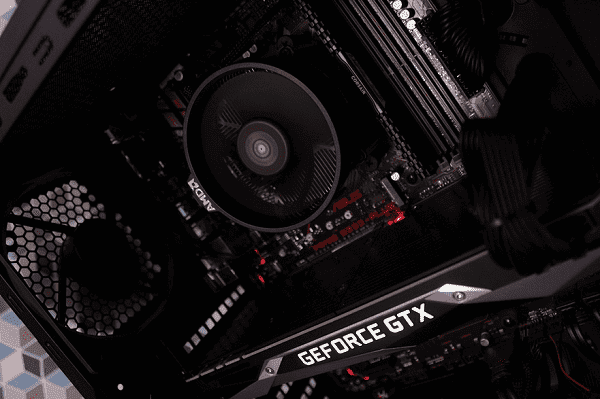
Reinsert the card firmly, ensuring it clicks into place and is secured with screws.
Reconnect any power cables to the graphics card and close the case.
Power on the computer to check if the problem is resolved.
2. Update or Reinstall GPU Drivers Using Driver Sentry
Outdated or corrupted drivers are often a root cause of the "Graphics Card Not Detected" error. Using a reliable tool like Driver Sentry can simplify the process of updating or reinstalling GPU drivers, ensuring your system runs the latest and most compatible version.
Download and install Driver Sentry from the official website.
Launch the software and allow it to scan your system for outdated or missing drivers.
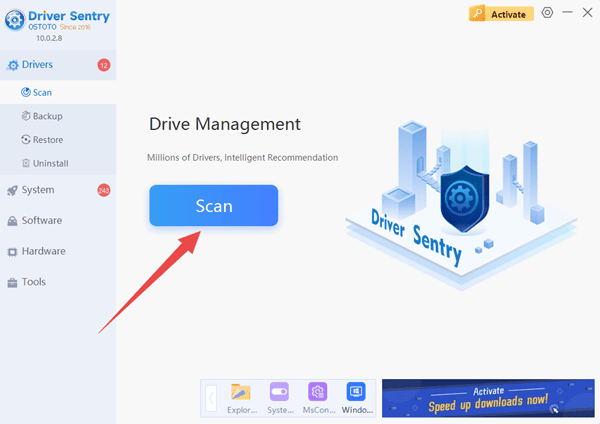
Once the scan is complete, locate your graphics card driver in the list.
Click the "Upgrade" button to download and install the latest version of the driver.
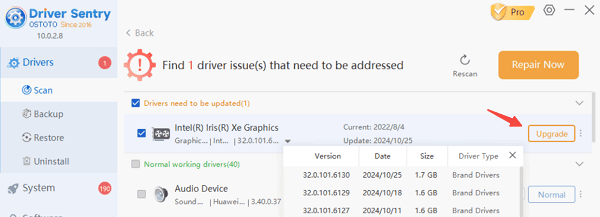
After the installation, reboot your computer to apply the changes.
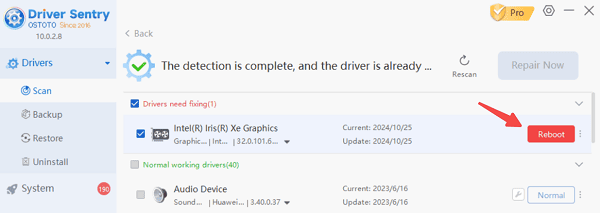
Check if the graphics card is now detected by your system.
3. Verify BIOS Settings
Sometimes, the system BIOS might be configured in a way that prevents the graphics card from being detected. Verifying and adjusting BIOS settings can help ensure that your system is set to recognize the external GPU.
Restart your computer and press the appropriate key (usually Delete, F2, or Esc) to enter the BIOS/UEFI menu.
Navigate to the "Advanced" or "Peripherals" tab.
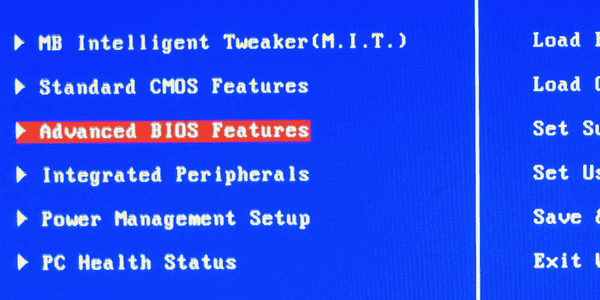
Ensure that the Primary Display Adapter or Initiate Graphic Adapter is set to PCIe or the correct GPU option.
Save the changes and exit the BIOS.
Let the system boot up and check if the issue persists.
4. Update Your Operating System
An outdated operating system can also cause compatibility issues that prevent the graphics card from being detected. Ensuring that your Windows version is current can solve these problems.
Go to Settings > Update & Security > Windows Update.
Click "Check for updates" and install any available updates.
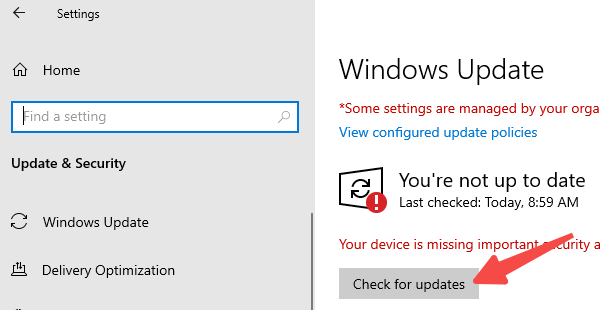
Restart your computer after the updates are installed.
Verify if the graphics card issue has been resolved.
5. Disable Onboard Graphics in Device Manager
Sometimes, onboard (integrated) graphics can interfere with the detection of a dedicated graphics card. Disabling the onboard graphics card can help resolve this issue.
Press Win + X and select Device Manager.
Expand the Display adapters section.
Right-click on the onboard graphics adapter and choose "Disable device".

Restart your computer to apply the changes.
Check if your dedicated graphics card is now detected.
6. Reinstall the Graphics Card
If none of the above methods work, physically reinstalling the graphics card may help reset the connection and resolve detection issues.
Shut down and unplug your computer.
Remove the graphics card from the PCIe slot.
Clean the card and slot using a can of compressed air to remove any dust or debris.
Reinsert the card firmly and secure it with screws.
Connect any necessary power cables and close the case.
Boot the computer to see if the problem is resolved.
Resolving the "Graphics Card Not Detected" issue requires a step-by-step approach, from checking physical connections to updating drivers and configuring system settings. If the problem persists after trying these solutions, it may be a sign of hardware failure, and you should consider consulting with a professional technician.
See also:
Guide to Connecting a Laptop to Dual Monitors
8 Ways to Fix Hogwarts Legacy Stuttering